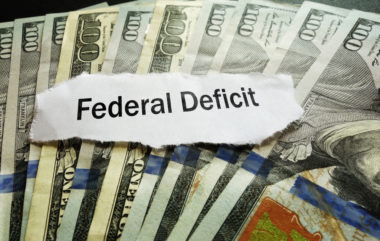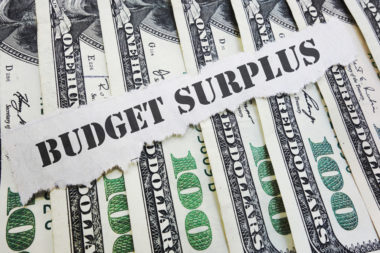Tipping is an essential part of the American dining experience. Diners will use their tip to rate the quality of their service, generally applauding attentive staff with a bigger tip.
Perhaps more importantly — as anyone who has spent time in the service industry can tell you — many people who work in the restaurant business depend on tips to make a living. In some parts of the country, the minimum wage is as low as $2.13 an hour for tipped employees — the expectation being that employees will make up for the lower wages in tips received.
In recent years, diners have found that there is more than one way to tip. In the past, people tipped exclusively with cash. However, since so many elements of consumers’ financial lives are now handled by computers, it has become popular to tip using a credit card. Each method of tipping carries pros and cons, both for diners and servers. Find out more about how you should tip in restaurants.
Table of Contents
Credit Cards Are Convenient
Credit cards add convenience to just about every transaction you can make. This convenience carries over into tipping. Without a credit card, you are limited in the tip that you can give by the cash you have on hand and whether you’re interested in counting out change for your tip.
With a credit card, you can tip exactly the amount that you feel is appropriate without counting dimes, or seeing who among your friends will help you break a $20 bill. Additionally, more Americans are not carrying cash, making credit cards the primary shopping tool.
But Credit Cards Have Transaction Fees
Credit cards are a legitimate wonder of modern fiscal technology, but the convenience they provide doesn’t come cheap. While consumers can often sidestep the costs of leveraging a credit card system by shopping around for good deals and paying bills on time, retailers often have no choice but to bear the weight of credit card operating costs. Credit card companies charge retailers fees to process credit card payments. In this arrangement, the retailer opens its business up to many new customers, but they must give a percentage of each transaction to the credit card company.
This might not seem like it matters for something like tipping, but it actually does. For any tip that you give via credit card, a small percentage — usually 2 to 3% — goes to the credit card company. This might not seem like a lot in your average $4 tip, but it can add up quickly, and if you’re only making $2.13 an hour in wages, then you probably want every bit of that tip that you can get.
Tipping with your credit card effectively reduces the amount your server actually ends up getting paid. You can make up for this with a larger tip, but know you are paying the credit card company more as well as your wait staff.
Cash Is Good for Restaurant Staff
If you’ve worked in the restaurant business, then you know how satisfying it is to hold a stack of cash in your hand at the end of the night. When customers tip in cash, that’s money servers get to take home right away. This adds a nice convenience factor for servers who want to hit the town after finishing a shift.
It’s also worth noting that, while not necessarily common, it’s not unheard of for greedy managers to skim tips off the top when given the opportunity. By putting hard cash right into the hands of your server, you can make sure that your tip is going exactly where, and to whom, you intend it to go.
But Cash Can Be Inconvenient for Diners
Carrying cash is becoming less and less common for consumers; as cards take over, fewer people have a lot of cash on hand these days. There are going to be times when you feel that a server has done a $5 job, but you only have four ones in your wallet. If you’re only tipping in cash, then you’re not going to be able to give your server the tip they really deserve.
There are also going to be times when that standard tip comes out somewhere in between even dollar amounts. If you don’t have coins on hand or you don’t think your server really wants to get their tip in pennies, then you can find yourself in an awkward situation between overtipping or under tipping. With a card, you can tip any conceivable amount, helping you to avoid this kind of situation.
There are no hard and fast rules about how to tip. Each method has its own pros and cons and it’s up to you to decide which fits your needs the best. When in doubt, don’t be afraid to ask your servers how they prefer to be tipped.
Image Source: https://depositphotos.com/





